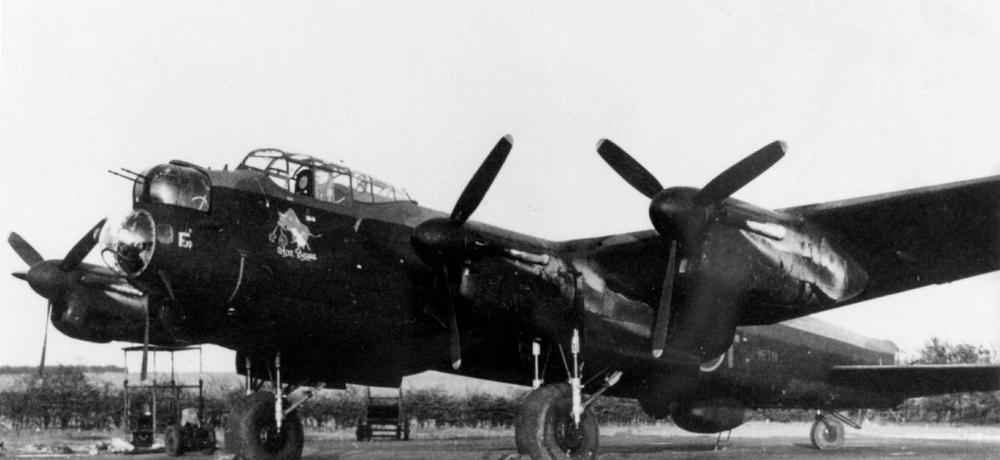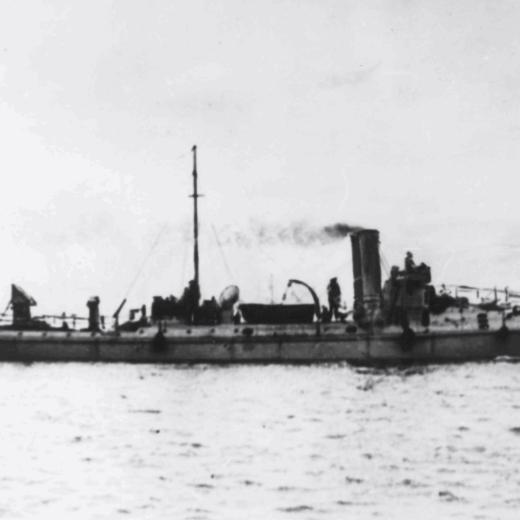BLUF
The largest Allied raid on Berlin took place on March 18 1945—shortly before Germany's surrender in May 45; some historians argue the raid was designed to justify the massive cost of the conventional bombing campaign in Europe.Summary
This article by Tyler Bamford from the National WW2 Museum makes the following points:
- In early 1945, German forces were retreating.
- Despite this, more than 3,000 German V-2 rockets killed more than 4,500 Allied civilians.
- However, the V-2s had little strategic impact on the allies.
- In February 1945, Anglo-American air forces destroyed Dresden, Germany, killing 25,000+ civilians.
- During WW2, approximately 1.4 million bombs were dropped on Germany.
- By Feb 1945, the allies had already liberated several concentration camps.
- On March 18, over twelve hundred US Army Air Force bombers attacked Berlin.
- As well as conventional fighters, the Germans also deployed the Messerschmitt Me 262 German jet fighter,
- Unfortunately for Germany, this plane did not have the impact that Goering and Hitler expected. See The Myth of the German "Wonder Weapons".
- The Me-262 was a case of too little and too late.
- The Germans were outnumbered 25 to 1 but shot down seven B-17 bombers and six American fighters.
- A few months later, the US dropped the Atom Bomb on two Japanese cities, using only a few planes compared to the twelve hundred used to bomb Berlin.
- The strategic impact caused by the atom bomb resulted in Japan surrendering shortly after the bombs had been dropped.
References
- MILITARY HISTORY: INDEX of PAGES AND COLLECTIONS ON THE RAAF RUNWAY
- JUL 2020 The Effects of Strategic Bombing in WWII on German Morale-AOAV
- APR 2022 Berlin In The Air War-Liberation Route Europe
- Messerschmitt Me 262-A2 Fighter Aircraft : KG51 Luftwaffe-Australian War Memorial
Source Information the National WW2 Museum
- Article Source: the National WW2 Museum
- Media Check: About Us the National WW2 Museum
- RAAF RUNWAY: RATIONALE, GUIDELINES, LEARNING OUTCOMES, ETC |





